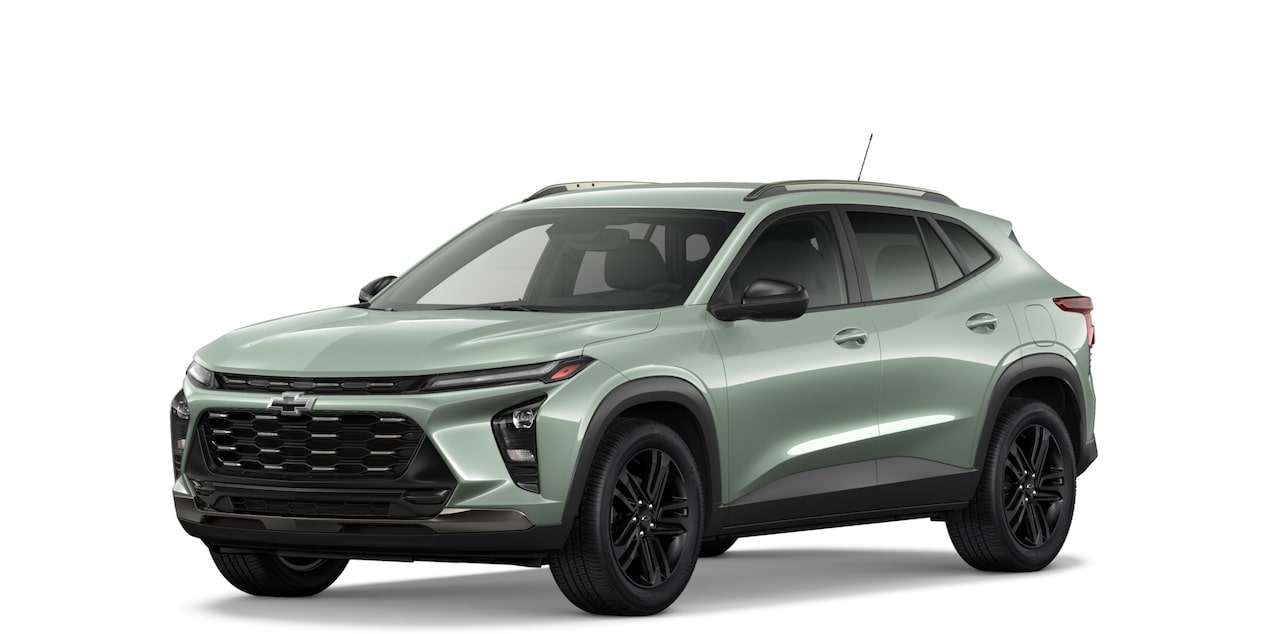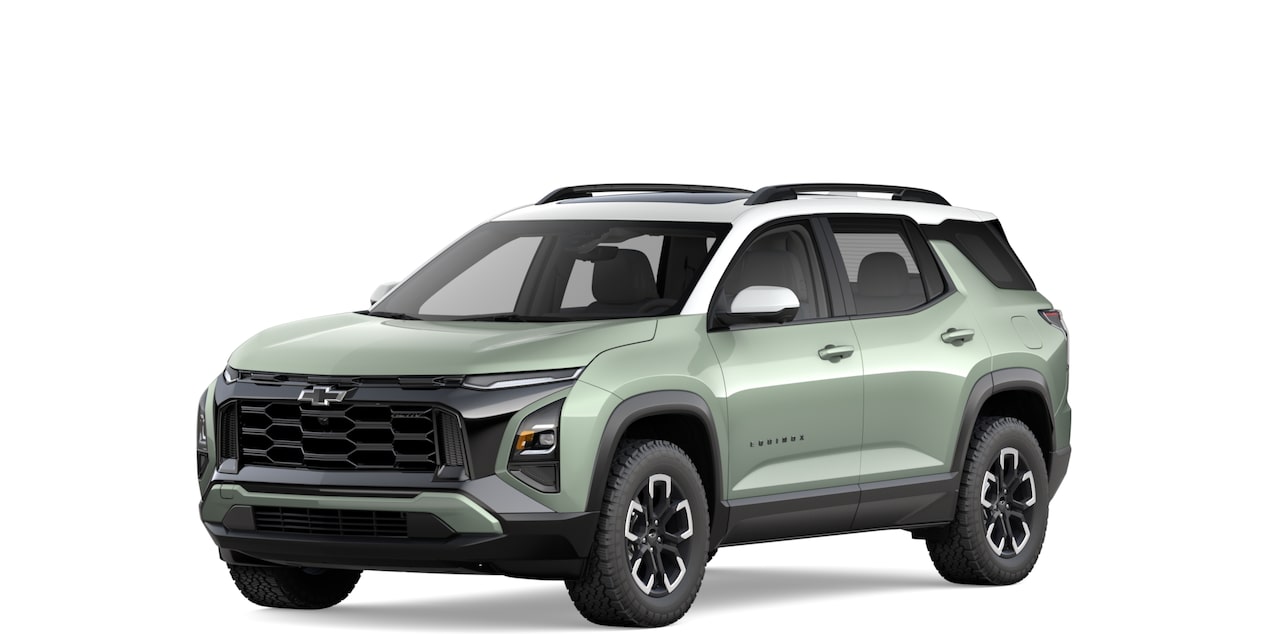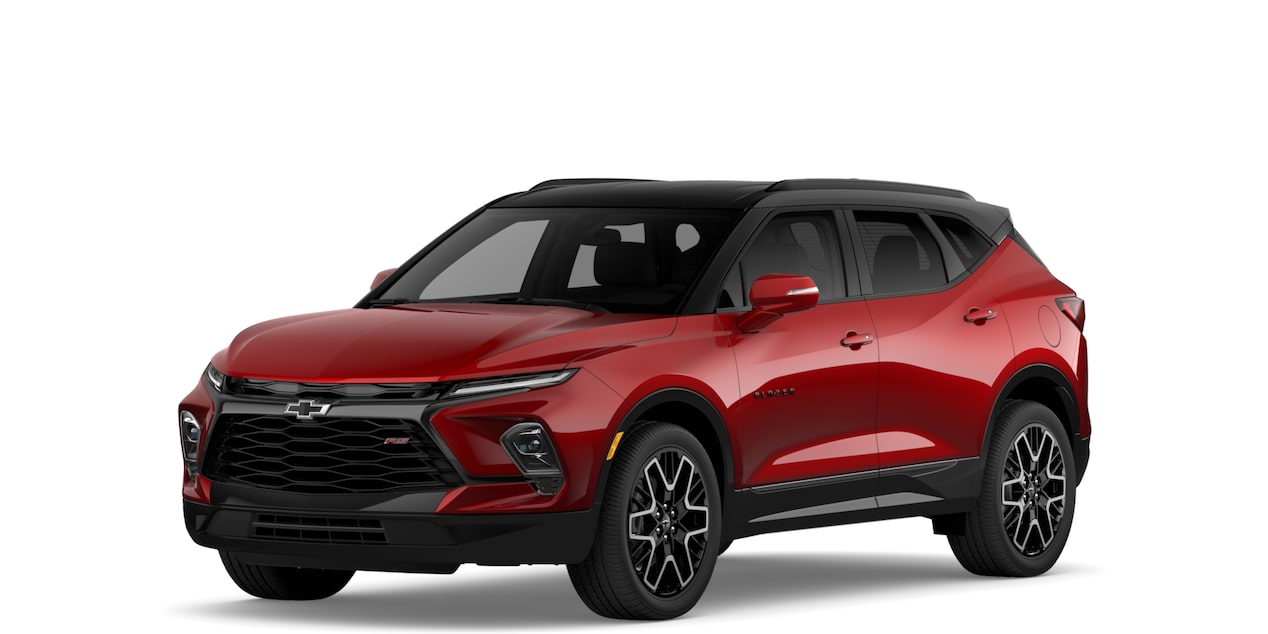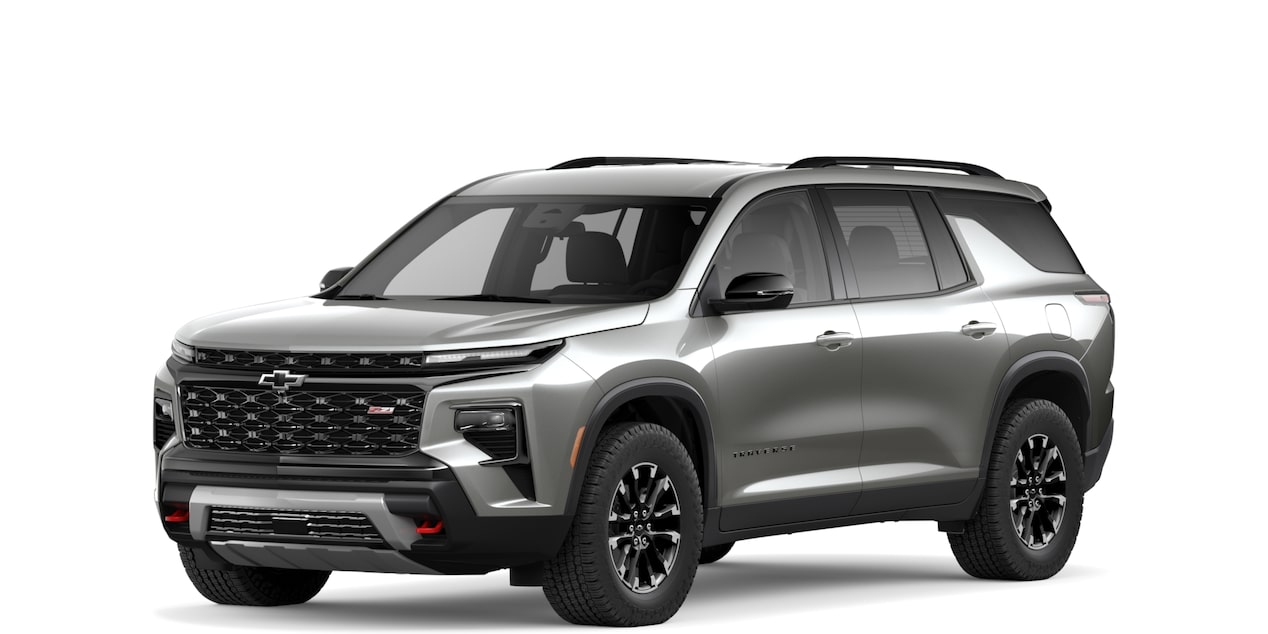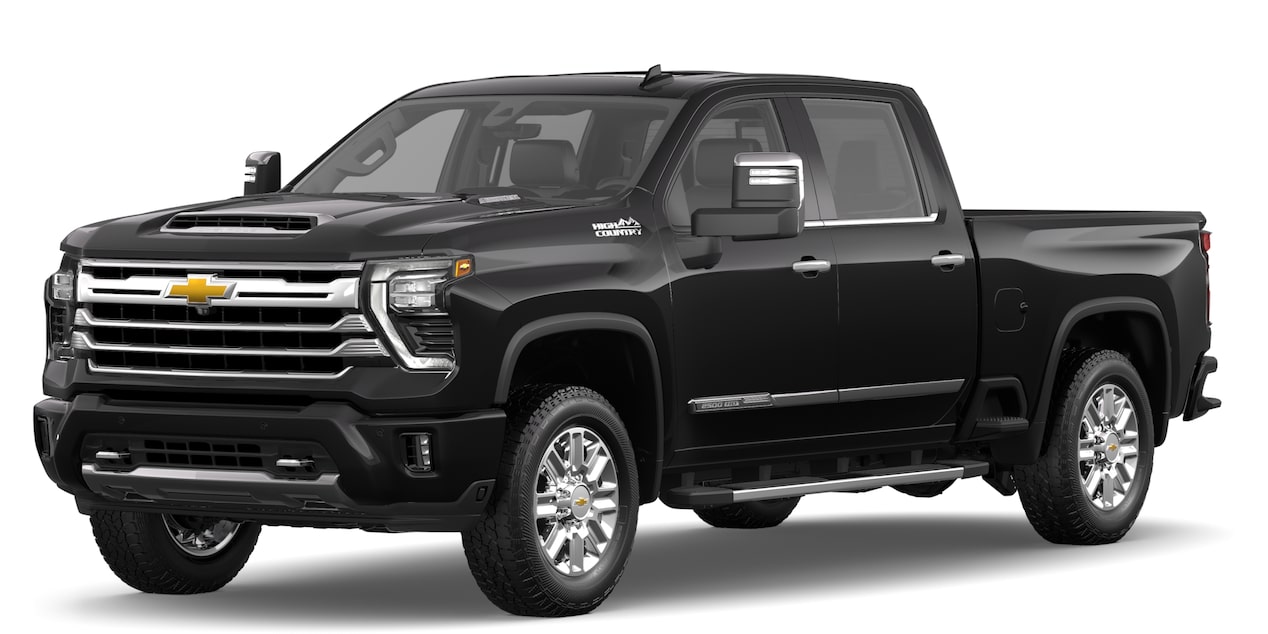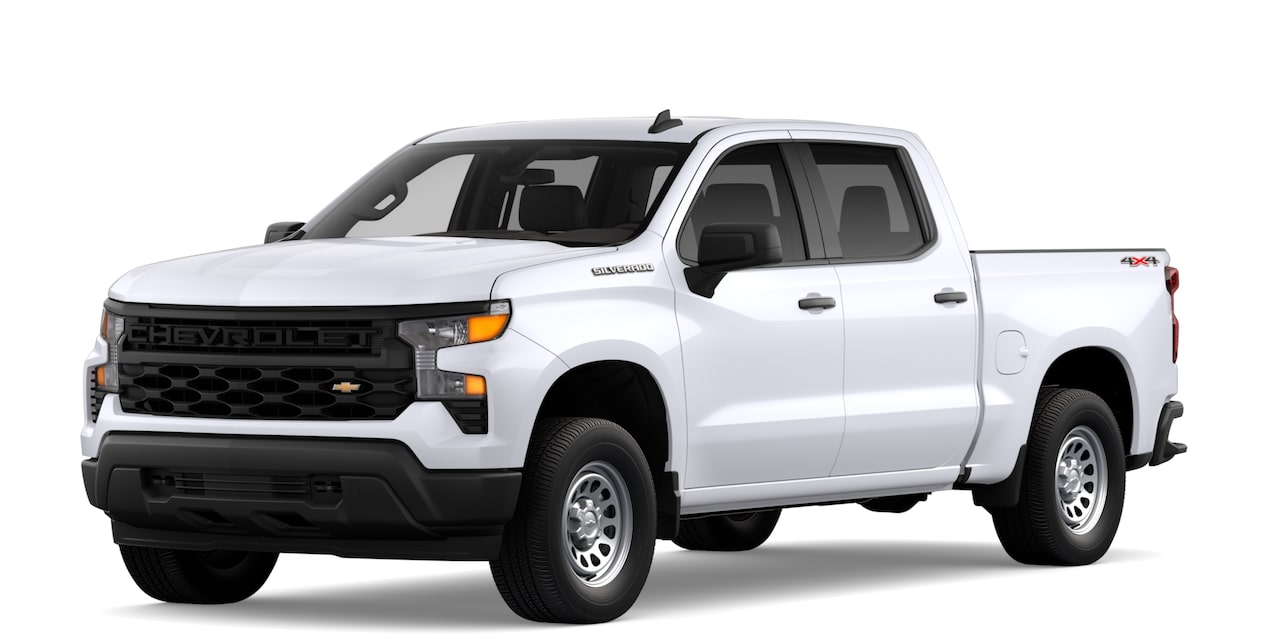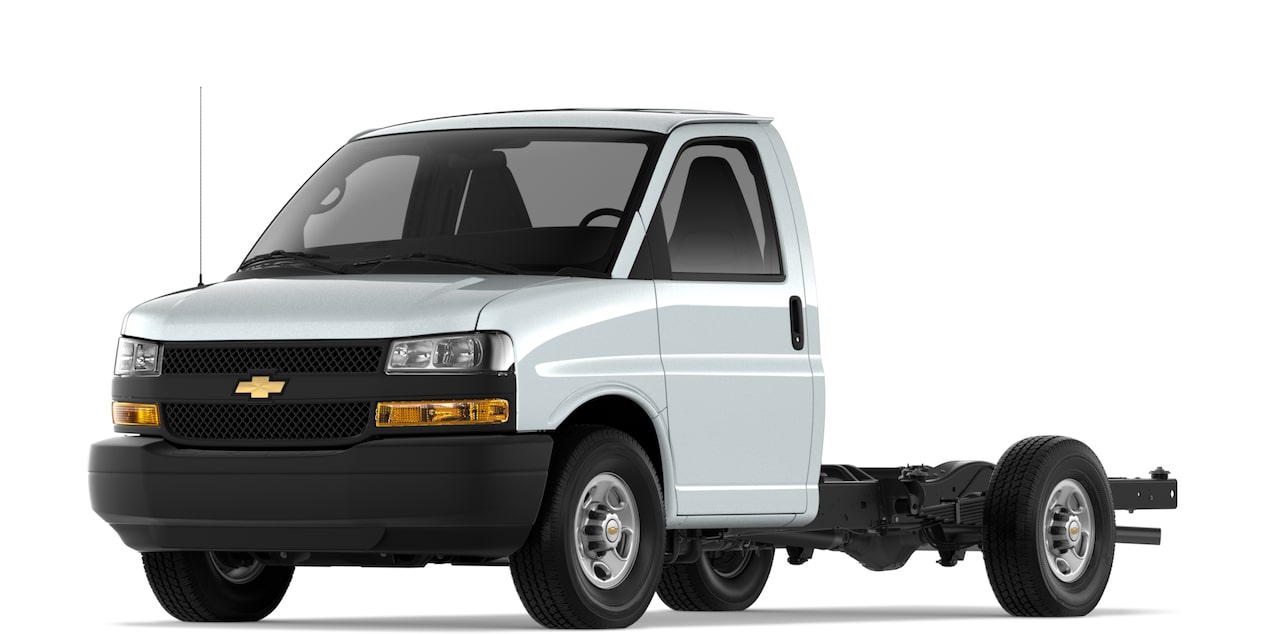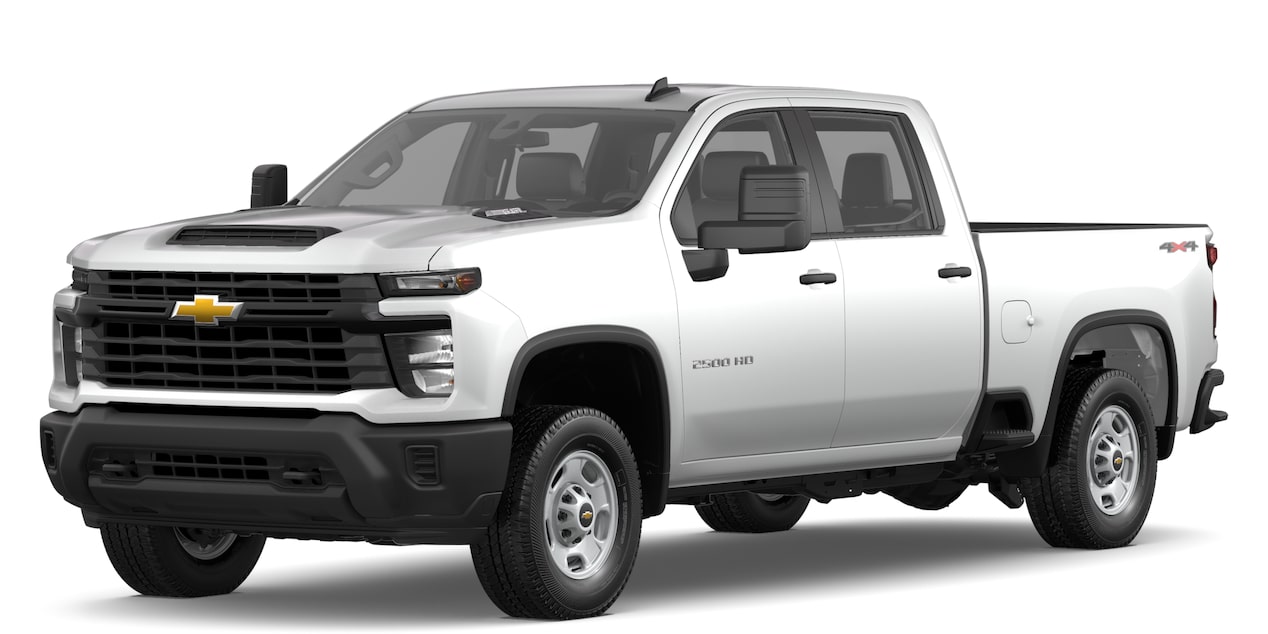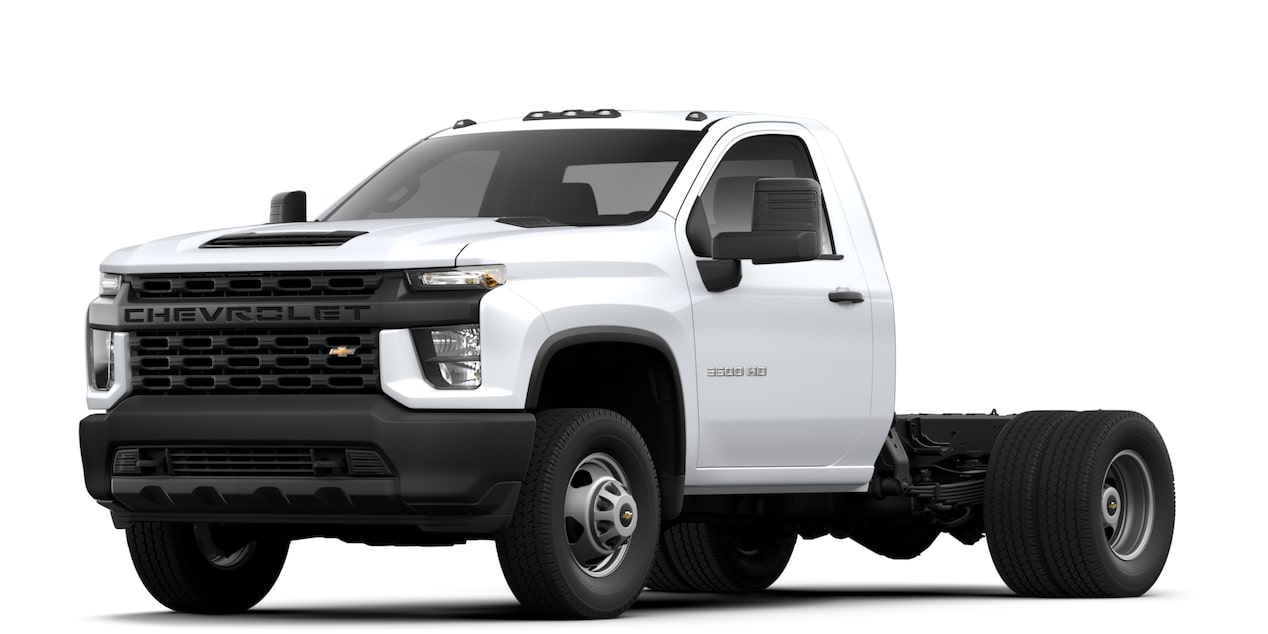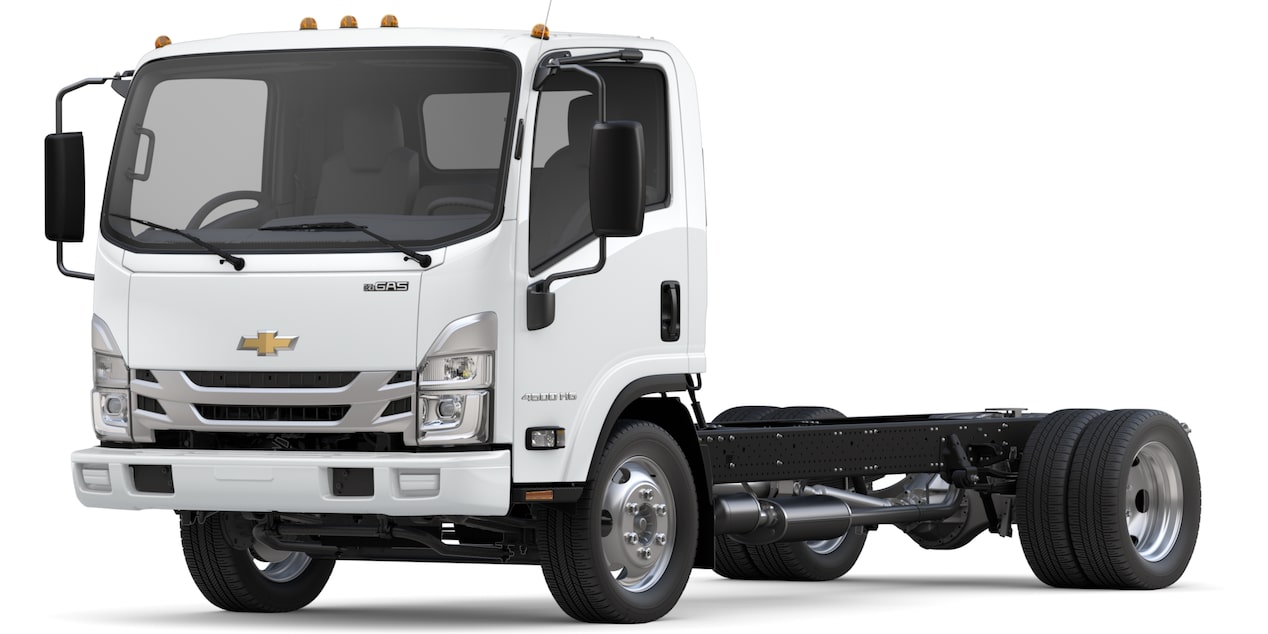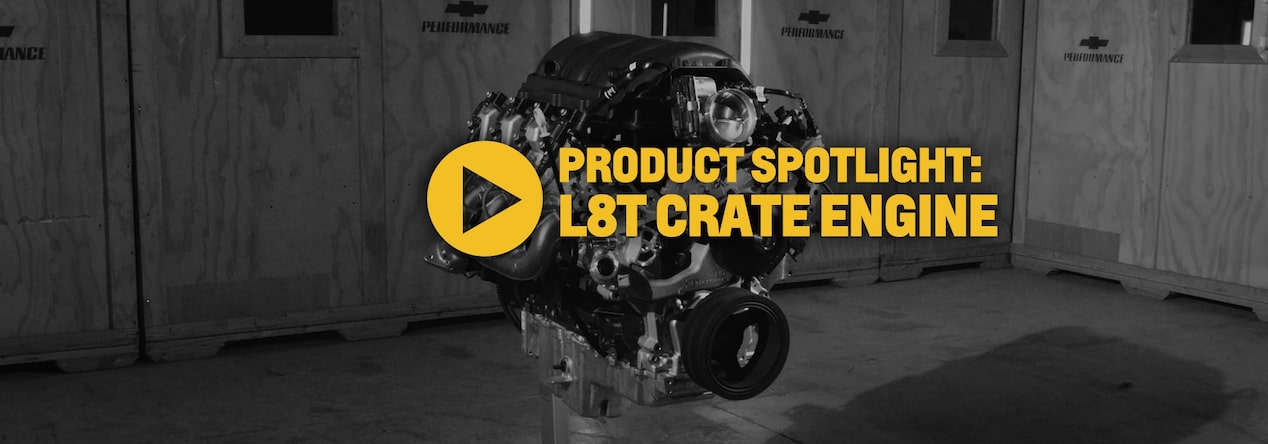
The COPO Camaro has cemented its legacy as an icon. But now, its dominant run is coming to an end. To celebrate the purpose-built race car, the Chevrolet Performance team has built a one-of-a-kind model to close out the program. Fittingly, the Radiant Red car is No. 69 of the 2023 model year.

COPO Camaro No. 69 of the 2023 model year is the last of the purpose-built race car’s storied run. It features a variety of unique elements to honor the first COPO from 1969.
In the late 1960s, clever dealers (most notably Fred Gibb Chevrolet) utilized Chevrolet’s Central Office Production Order (COPO) program to bring engines to vehicles where they were not otherwise offered. The most legendary are the 69 Camaro models from 1969 that received the all-aluminum, 427 cu-in. ZL-1 engine. These Order No. 9560 Camaros were originally built for Super Stock racing and are now some of the most desirable cars on the planet.
A little over four decades later, Chevrolet Performance brought the COPO Camaro program back to life with naturally aspirated and supercharged engines shortly after the fifth-generation Camaro was introduced. For a dozen years, they won an untold number of races and championships on the drag strip, and have long been a holy grail for collectors.
“The COPO Camaro has been a cornerstone of Chevrolet Performance for more than a decade,” says Jim Campbell, General Motors U.S. Vice President of Performance and Motorsports. “In that time our COPO owners, racers and staff have all contributed to the program’s incredible success. Each car has represented a piece of Chevrolet’s storied past while incorporating the most cutting-edge technology to turn on win lights each weekend at the track.”

The 2023 COPO Camaro No. 69 is powered by an aluminum 427 cu.-in. Mark IV Big-Block engine. This is the same engine architecture that appeared in the very first COPO, built with the famed all-aluminum 427 in 1969.
To honor the famed 1969 COPOs, for nearly every model year of the current generation, only 69 COPO Camaros were built. Interested parties even had to participate in a lottery to purchase one. Each was turned out with meticulous attention to detail by the COPO Build Center in Oxford, Michigan.
"We have had the privilege of being a part of this program over the years and that has been an enormous source of pride," says Mike Lawrence, operations director at COPO Parts Direct and the COPO Build Center. "We know that with each one of these cars we contributed to history. There is nothing better than seeing how much they mean to everyone in the COPO community. From the first to the last, every single COPO we've built has truly been a labor of love."
As the 2023 model year concludes, the No. 69 COPO is the last. For that special designation, the car features a new, all-aluminum 427 cu-in. Mark IV Big-Block engine. Designed with symmetry in mind, the engine is the same architecture as was found in the very first 1969 COPO Camaro, campaigned by “Mr. Chevrolet” Dick Harrell.
“The idea was to pay homage to the original engine, but with a modern flair,” says Russ O’Blenes, Director, Performance & Racing Propulsion Team at General Motors.
O’Blenes has been involved with the modern COPO program from the beginning. He also owns the trailer that housed Harrell’s ZL1-powered racer – a Fred Gibb car – on which the new vehicle is based. O’Blenes picked up the first COPO of the modern era in that trailer and has also been instrumental in building the final one.

A look at the special 427 Big-Block engine under the hood.
The 2023 COPO No. 69 salutes Harrell’s car in many ways, down to a similar paint color and dual throttle bodies protruding through the aluminum hood.
In addition to the final COPO’s one-off all-aluminum block, other standout engine components include forged internals, a billet-steel mechanical roller camshaft, a billet-aluminum tunnel-ram intake manifold, dual 4500-style throttle bodies, 86 lb./hr. injectors and a dry-sump oiling system. Aluminum cylinder heads also feature billet-aluminum valve covers with “COPO 427” lettering. The engine is mated to a TH400 three-speed automatic transmission.
Mike Lyons, a veteran engine builder and drag racer, built the engine. His name is even on the 427.

Like all COPO Camaros, this one is built to perform.
Underneath the COPO are the chassis and suspension components that have helped make the car so tough on the drag strip for over a decade. The cockpit is also purpose-built for racing.
As do all COPOs, this car looks mean, but a one-of-one Camaro ZL1 front fascia, exclusive Radiant Red tint-coat paint, and the aluminum hood with a cutout for dual throttle bodies provide added toughness.
That was all by design.
“The program was originally started by gearhead employees, and this COPO honors that legacy,” says Dennis Baker, Group Manager, GM Performance Parts Engineering & Calibration.

The final COPO Camaro turned out impressive numbers on the dyno.
But this final COPO is not just for looks. After extensive dyno testing, the car made 971 horsepower at 9500 rpm and 597 lb.-ft. of torque at 7750 rpm. The power number continued to climb into the redline area, meaning this COPO would also be tough on the drag strip.
While the COPO is riding into the sunset, many of the parts and concepts from the program remain integral in the Chevrolet Performance portfolio. For instance, the 1,004-horsepower ZZ632/1000 power plant that was an option for the 2023 COPO is part of the Bowtie’s crate engine* lineup for racers and enthusiasts demanding serious power and torque.
Plus, COPO-derived cylinder heads and other engine components remain available for COPOs and other performance vehicles.
“The Chevrolet Performance team is still actively pursuing innovative and fresh ideas for high-performance packages,” says Todd Gallant, Chevrolet Performance Assistant Marketing Manager. “The next big idea is just around the corner, but one thing is certain: The Chevrolet Performance team is forever committed to the ‘performance’ part of its name.”

This COPO Camaro has a flair all its own while fitting into a historic theme.
While the future is bright, the Chevrolet Performance team also recognizes how history shapes the future.
“We could not be more appreciative of the business and passion the COPO owners and racers have toward the program,” says Prashant Ahire, GM Engineering Group Manager, Performance Parts Engineering – Hardware.
Ahire’s counterpart, Jeff Walker, GM Engineering Group Manager - Performance Parts Calibration, echoes that sentiment.
Ahire, Walker and their colleagues Alin Dragoiu and Kevin Sherwin all were instrumental in the COPO Camaro program, including developing the last one.
Dragoiu led all hardware engineering, while Sherwin led the calibration and tuning of the final COPO. Additionally, Dale Pobocik serves as Race Engine Build Manager at General Motors and was the engine-build lead on the final COPO, while also managing builds for complete-year production.
Just as COPO owners and racers have exhibited unbridled passion for the program, these are just a few examples of staff responsible for the cars who hold them in the same regard.
The final COPO will now join the GM Heritage Collection, where it will serve as a fitting tribute to all the men and women who have been part of the COPO family.
Keep watching The BLOCK for more on the COPO Camaro and a variety of Chevrolet Performance builds.
*Because of their effect on a vehicle’s emissions performance, these engines are intended exclusively for use in competition vehicles. These engines are designed and intended for use in vehicles operated exclusively for competition: in racing or organized competition on courses separate from public roads, streets or highways. Installation or use of these engines on a vehicle operated on public roads, streets or highways is likely to violate U.S., Canadian, and state and provincial laws and regulations related to motor vehicle emissions.




